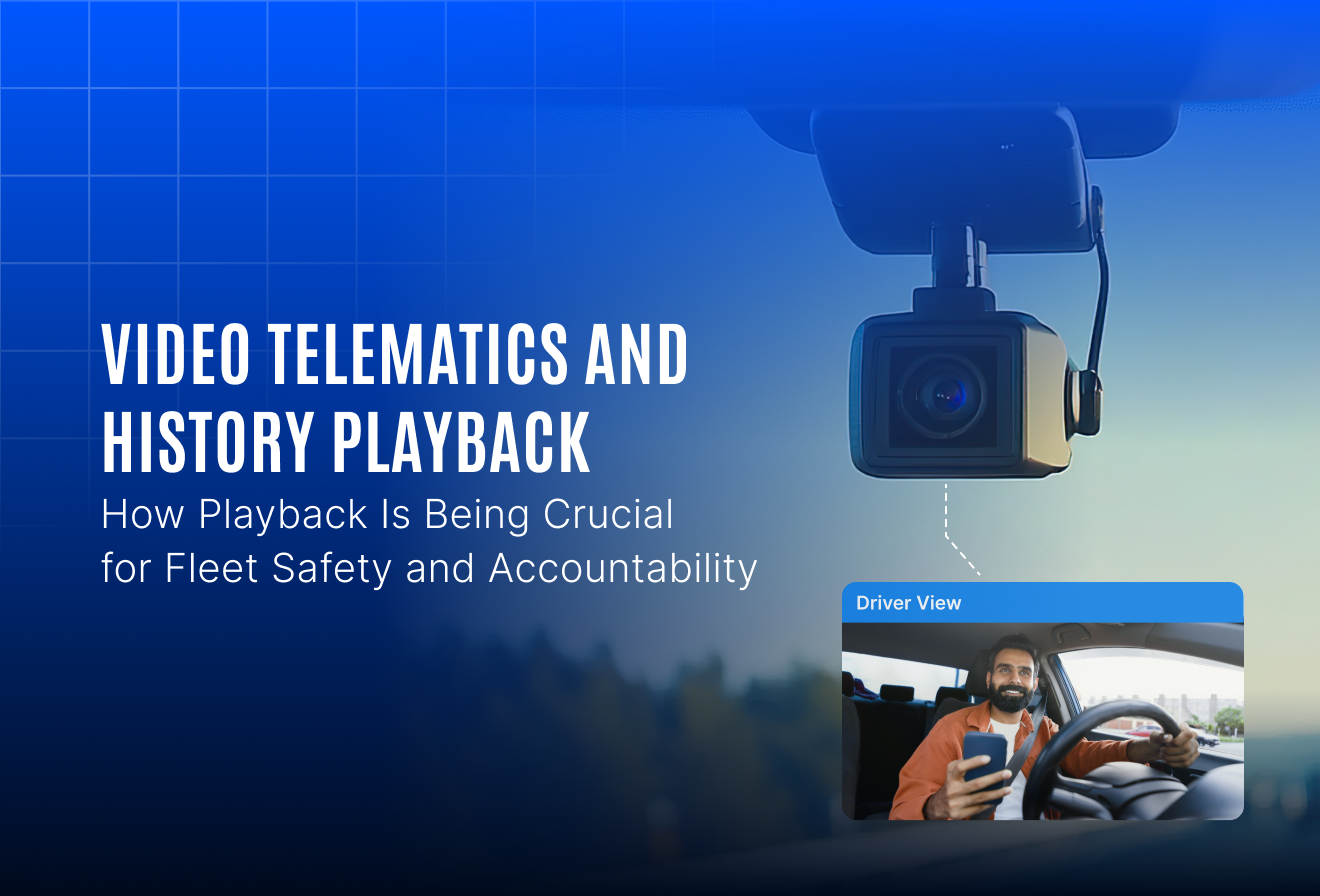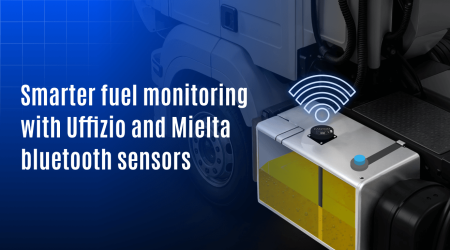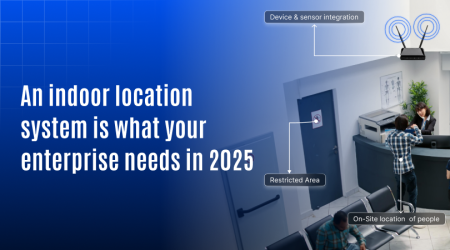What video history playback means in terms of fleet safety?

Live streaming from dashcams and in-vehicle cameras has already revolutionized how fleet operators monitor their vehicles in real time. In fact, the global video telematics market is projected to reach $8.8 billion by 2028, growing at a CAGR of over 16%.*
This surge is driven by the demand for real-time visibility, driver accountability, and advanced safety tools — all of which are core to modern fleet strategies.
But what happens when you miss something? Or need to look back at an incident that occurred hours or even days ago? That’s where video history playback steps in — offering a new dimension to video telematics by making fleet footage both live and retrievable.
From live feed to video history playback: A functional leap
Video telematics systems have long offered live streaming and snapshot capabilities – enabling fleet managers to view in-cabin or road-facing footage in real time. While powerful, these features were limited to the moment.
With the addition of history playback, operators can now request footage from a specific time range and camera channel, allowing them to:
- Investigate past incidents
- Review driver behavior at a specific time
- Cross-check trip reports with visual records
This is especially valuable for fleets that operate in high-risk zones, urban congestion, or handle sensitive goods where visual verification is a must.
How it works: A quick overview
Using the fleet management platform, users can:
- Select a specific date and time range
- Choose the camera channel (front, rear, cabin, etc.)
- Request video footage from supported GPS devices
- Stream footage online or download it for offline access
The system retrieves video clips stored in the device, as long as they are within the available storage window. Footage can then be used for review, compliance, or incident analysis. With compatibility on both web and mobile apps, this feature offers flexibility in how and where footage is accessed.
Why video history playback is an important aspect for fleet safety
1. Better incident investigations
Footage can be pulled for a specific time and location, making it easier to analyze what went wrong and why. Whether it’s a road accident, traffic violation, or cargo tampering, the evidence is no longer reliant on eyewitnesses.
2. Improved driver accountability
Knowing that historical footage can be reviewed encourages drivers to maintain better driving habits. It also protects them against false accusations by providing objective proof.
3. Enhanced training and feedback
Clips from past trips can be used to coach drivers, highlight best practices, or correct unsafe behavior.
4. Compliance and legal defense
In regulated industries, having video logs supports compliance reporting. In the event of disputes or legal claims, recorded footage can protect the company.
Beyond playback: The broader safety net of video telematics
Video telematics isn’t limited to just live streaming and playback. It’s now part of a broader ecosystem that includes Advanced Driver Assistance Systems (ADAS) and Driver Monitoring Systems (DMS) — turning vehicles into intelligent, self-correcting safety platforms.
ADAS: Advanced driver assistance systems
ADAS uses external-facing cameras to monitor the road and surrounding environment in real time. This enables features such as:
- Forward Collision Warnings (FCW) – Alerts when the vehicle gets too close to an object or vehicle ahead
- Lane Departure Warnings (LDW) – Notifies if the vehicle drifts from its lane without signaling
- Pedestrian Detection – Helps prevent accidents in urban environments
- Tailgating Alerts – Promotes safer following distances
These capabilities significantly reduce accident risk, particularly in urban logistics, long-haul transport, and school transport operations.
DMS: Driver monitoring systems
While ADAS monitors the road, DMS keeps an eye on the driver. Using inward-facing cameras, DMS can identify:
- Drowsiness and fatigue through eye closure and yawning detection
- Distraction when the driver looks away from the road or uses a phone
- Seatbelt compliance and posture analysis
Together, ADAS and DMS form a preventive safety framework that supports driver coaching, enhances safety culture, and reduces the likelihood of human error.
Seamless software experience
The software behind this enhancement is built with ease of use in mind. Users can:
- Navigate from the live tracking screen to the object tooltip
- Initiate a history playback request in just a few clicks
- Track the progress of footage retrieval
- Access downloaded videos securely via the cloud
This ensures a seamless experience across supported GPS devices while maintaining system performance and accessibility.
Final thoughts
Video history playback completes the story that live streaming begins. In an industry where every second counts, being able to go back in time isn’t just a convenience — it’s a capability that enhances fleet safety, reinforces accountability, and brings clarity in critical moments.
As fleet management continues to evolve, integrated features like history playback, ADAS, and DMS prove that smart software isn’t just keeping up — it’s leading the way.



